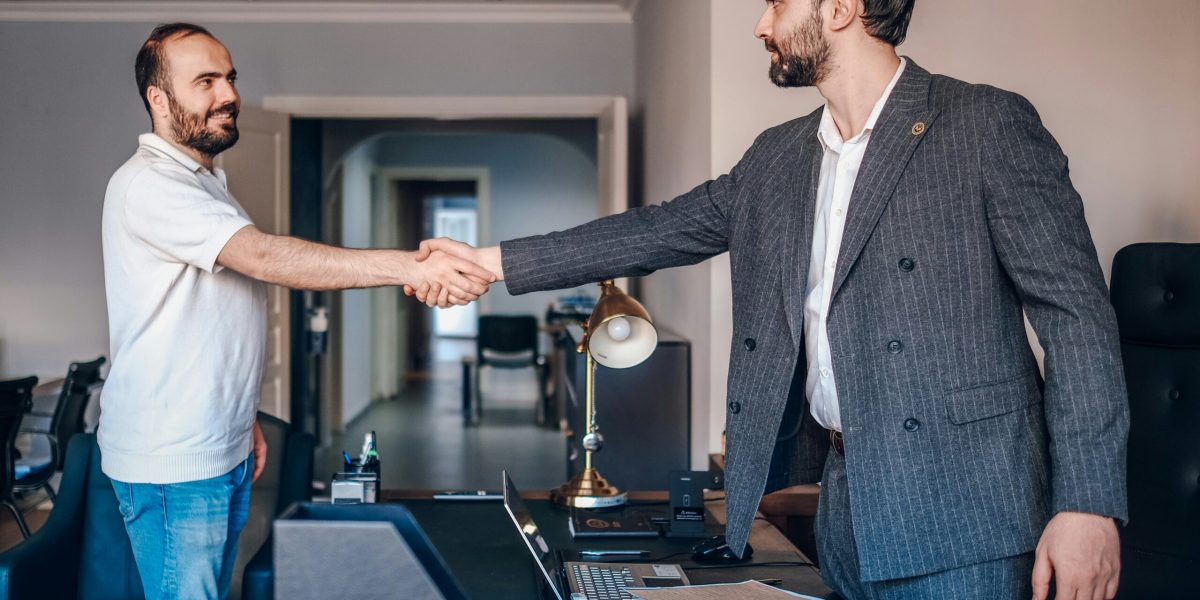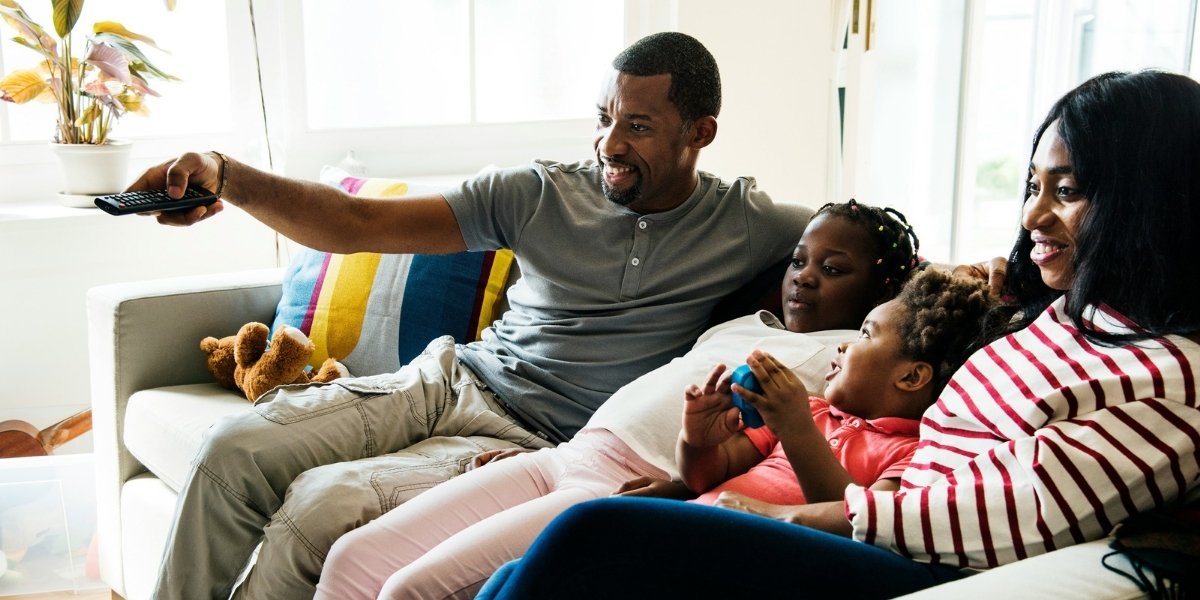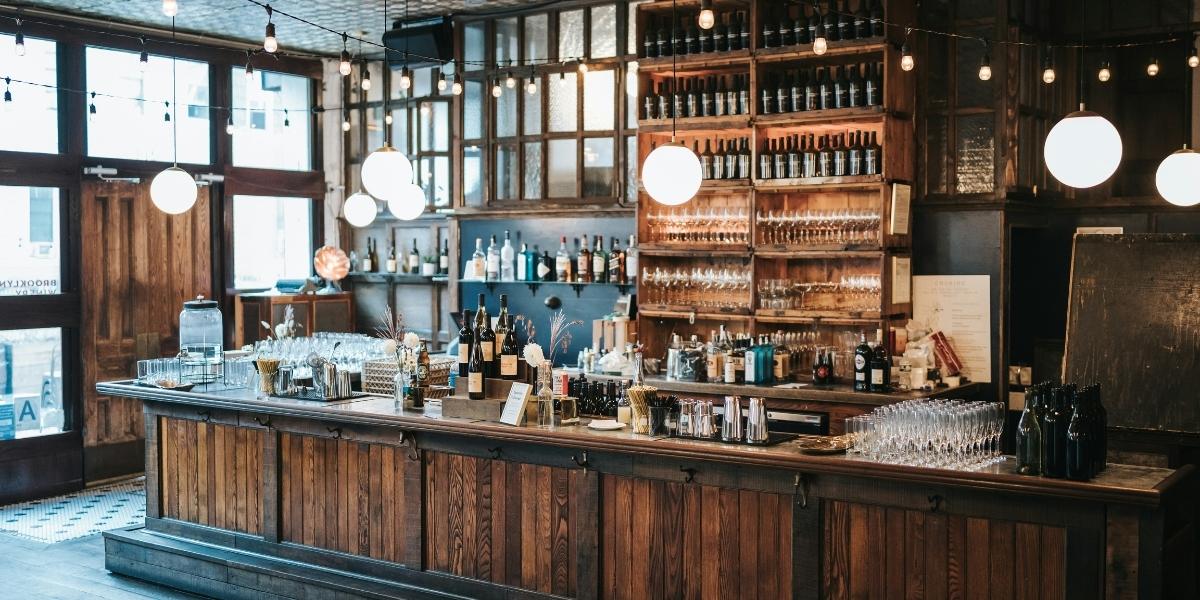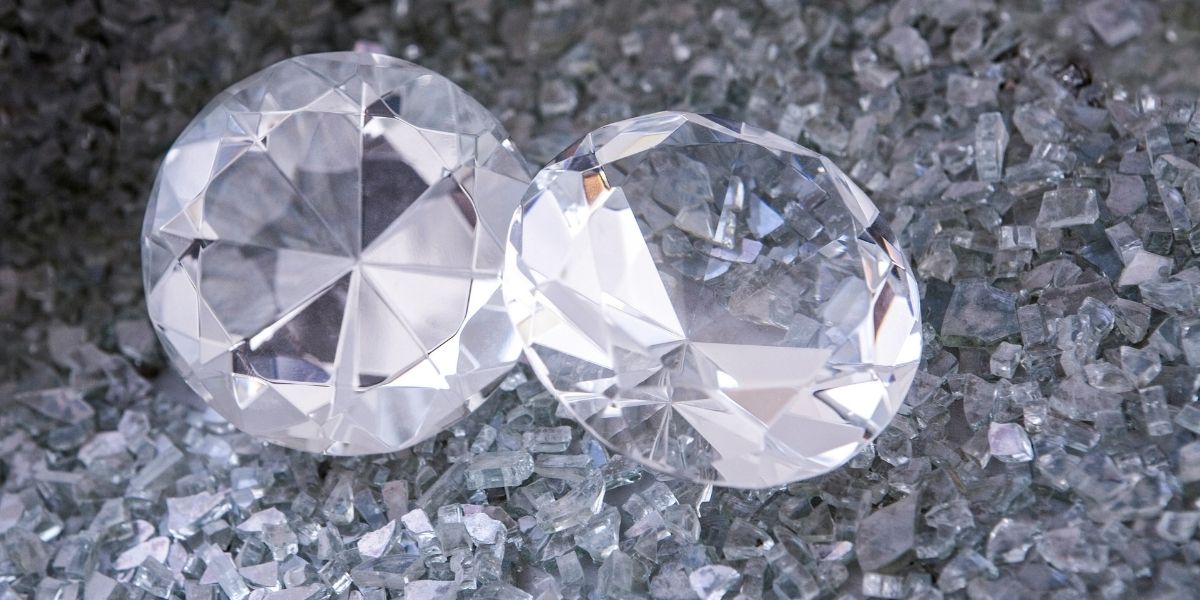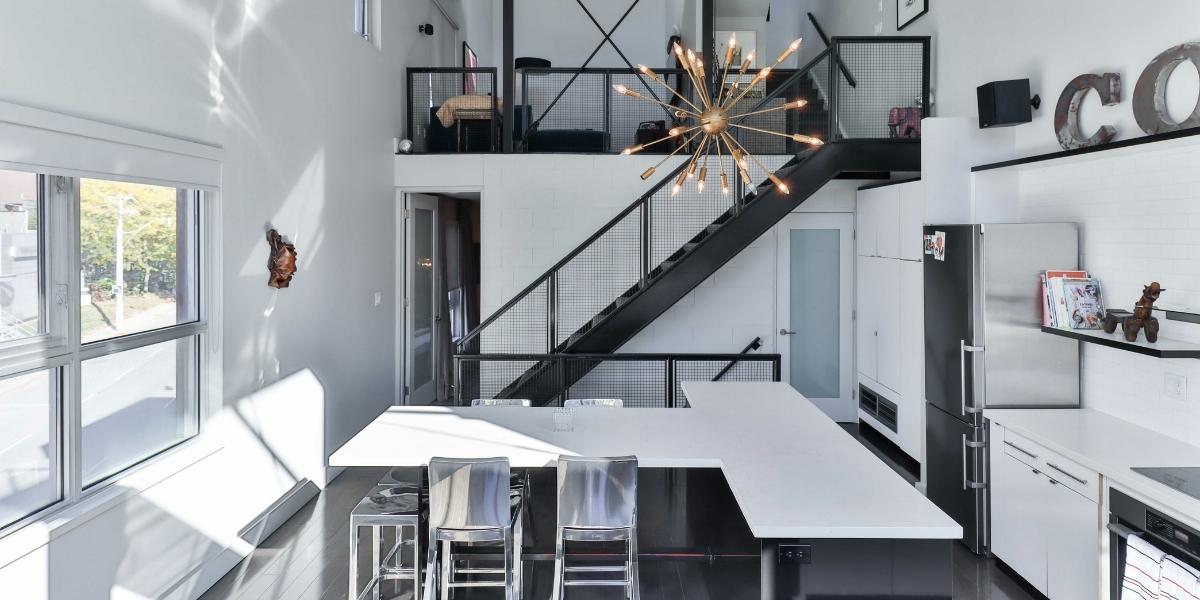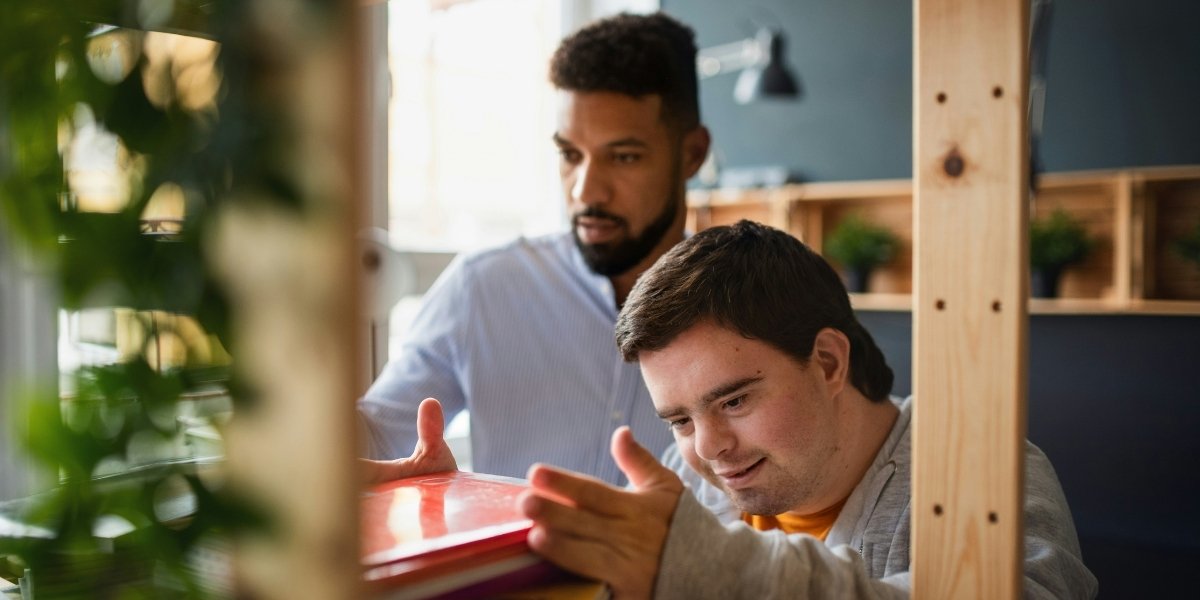Clothing isn’t just about covering up; it’s a reflection of personality, mood, and occasion. Whether your go-to style leans toward casual, business casual, or formal, the way you dress communicates something unique about you. Each of these styles serves a purpose, from lazy weekends to boardroom meetings, and knowing which one suits your lifestyle can make all the difference in how you’re perceived. This article breaks down the nuances of these popular styles to help you identify where your wardrobe fits best—and how to elevate your look for any occasion.
What Defines Casual Style?
Casual style is all about comfort and ease. It’s the look we turn to when we want to feel relaxed while still being presentable. Think jeans, t-shirts, sneakers, and versatile outerwear like hoodies or denim jackets. Casual dressing embraces individuality, allowing you to mix and match colors, patterns, and textures without rigid guidelines.
The beauty of casual style lies in its flexibility. From a coffee run to a casual lunch with friends, this style can adapt to your day-to-day needs. For example, pairing a graphic tee with sneakers might exude laid-back energy, while swapping the tee for a plain polo shirt can create a slightly polished yet still casual look.
Even within the casual category, there’s room for personal expression. Whether you lean toward trendy athleisure, classic minimalism, or vintage-inspired outfits, casual style offers endless opportunities to showcase your preferences.
What Makes Business Casual the Perfect Balance?
If casual feels too relaxed and formal feels too stiff, business casual strikes the perfect balance. This style is tailored for professional settings where complete formality isn’t required but looking polished is still essential. Think blazers, chinos, button-down shirts, and clean shoes like loafers or low-profile sneakers.
Business casual allows room for creativity, offering a chance to experiment with color and accessories. For instance, pairing a tailored blazer with a pair of dark-wash jeans creates a professional yet approachable vibe. Similarly, a skirt with a blouse works as a versatile choice for women seeking comfort and professionalism.
What sets business casual apart is its versatility. It’s ideal for meetings, casual office days, and networking events. The trick lies in maintaining balance: avoid pieces that are too casual (like flip-flops) or too formal (like a three-piece suit). Instead, aim for a polished but relaxed ensemble that feels professional without being overbearing.
How Does Formal Wear Make a Statement?
Formal wear is the epitome of elegance and sophistication, reserved for special occasions or high-level professional environments. This style includes tailored suits, evening gowns, dress shoes, and accessories like ties or jewelry to complete the look. It’s all about paying attention to detail and presenting yourself in the most polished way possible.
The appeal of formal wear lies in its ability to make a bold statement. Walking into a room in a well-fitted suit or a stunning evening dress immediately exudes confidence and command. For men, a classic black tuxedo paired with leather oxfords delivers a timeless, dashing look. For women, a floor-length gown or a chic cocktail dress can steal the spotlight at any event.
Formal wear doesn’t just elevate your appearance—it also sets the tone for the occasion. Whether it’s a wedding, gala, or corporate awards dinner, dressing formally signals respect for the event and its significance. While formal style can feel restrictive due to its stricter dress codes, it offers a chance to celebrate moments that demand extra effort and attention to detail.
Which Style Matches Your Personality and Lifestyle?
Choosing your go-to style depends on your personality, lifestyle, and the occasions you typically attend. Someone who prioritizes comfort and spontaneity might lean toward casual looks, while individuals with a professional or event-heavy schedule may find themselves investing more in business casual or formal attire.
Your style doesn’t have to fit into just one category, though. Many people blend elements from all three to create a wardrobe that works for them. For instance, a casual outfit can be upgraded with a blazer for a business casual touch, or a formal piece like a fitted jacket can be dressed down with sneakers for a casual twist.
The goal is to feel confident and authentic in whatever you wear. Fashion should reflect who you are while aligning with the context of where you’re going. By understanding the nuances of casual, business casual, and formal styles, you can create a wardrobe that’s as versatile and dynamic as you are.



